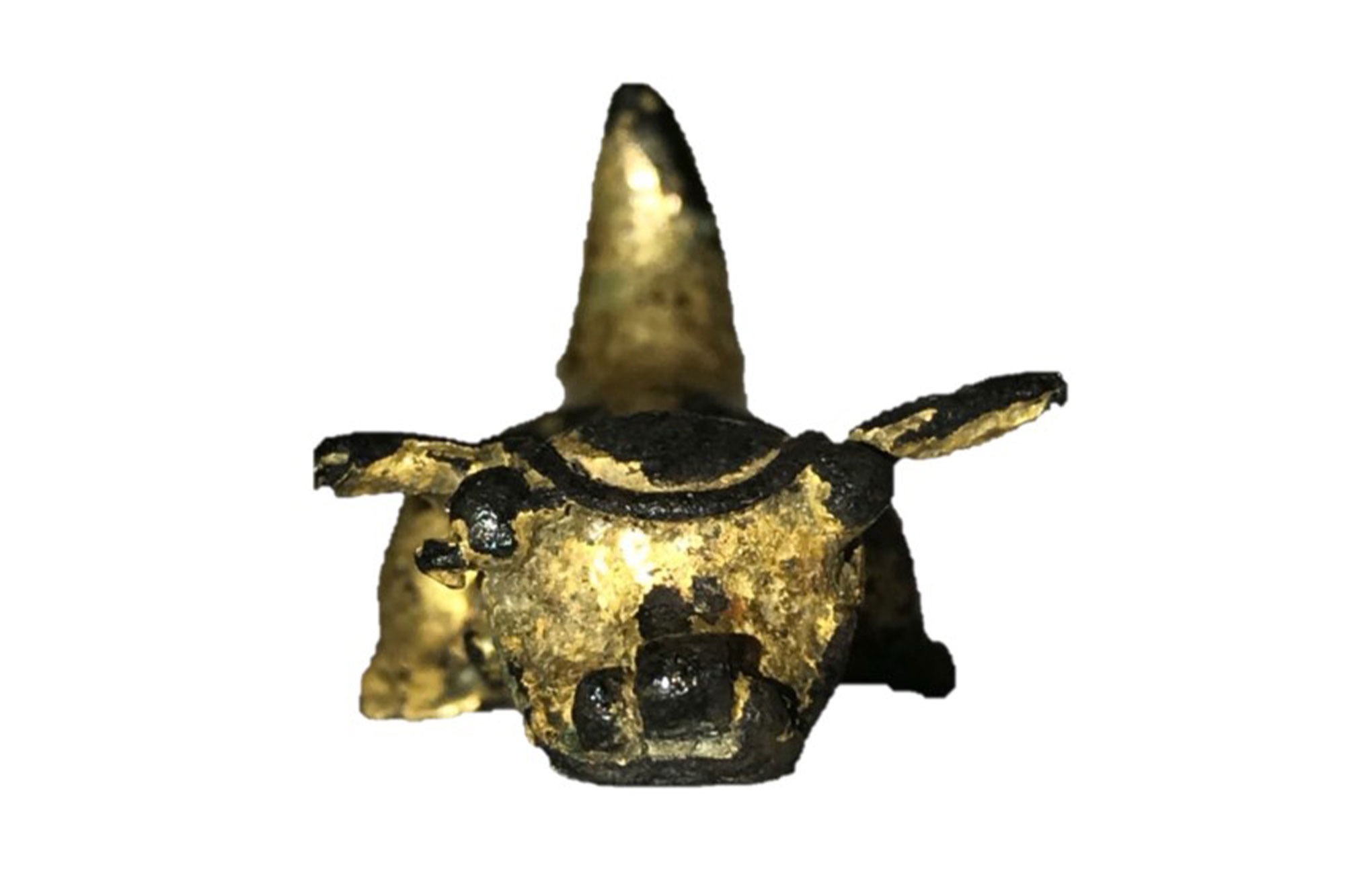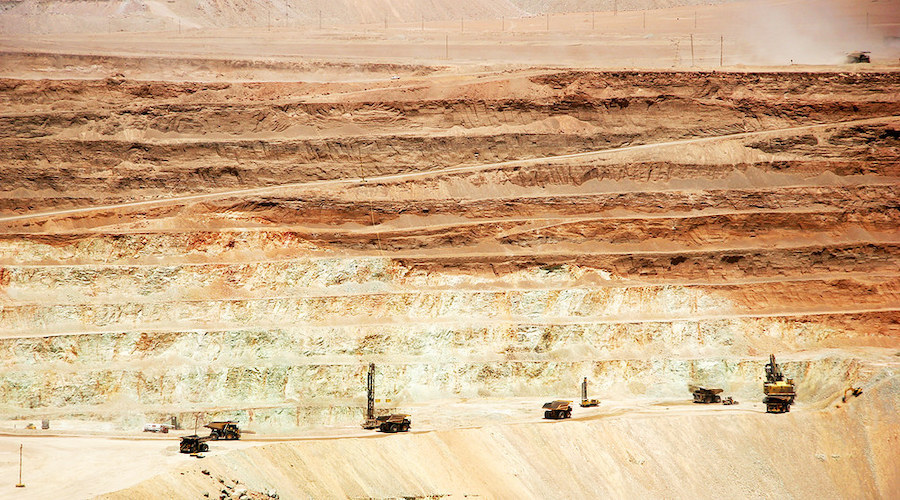Euphoria over Molycorp deal may soon turn to despair. China’s grip is as strong as ever and rare earth prices are still dropping

Molycorp’s mould-breaking deal with Neo Material Technologies sent its shares rocketing in New York on Friday.
By lunchtime the stock was trading at $30.09, up 15.8%, on volumes already close to triple the daily average. The counter is still down 40% over the last 12 months and hit a high of $77 last May.
The Colorado company is in the process of restarting mining and processing at Mountain Pass in California, the largest deposit outside China, with a production target of 40,000 tonnes.
China accounts for more than 90% of rare earth production in the world, but is also the biggest consumer.
The deal with Neo Material gives Molycorp access to advanced rare earth processing capabilities, specifically the Toronto company’s patented magnet technology, and a sales channel into China for the 17 elements.
Neo Material ballooned to a $1.3 billion company after its stock was driven 37.5% higher on the news.
Bloomberg quotes Jonathan Hykawy, a Toronto-based analyst at Byron Capital as saying “Molycorp effectively has the pieces of the puzzle if this acquisition goes through to basically do the entire magnet industry. That’s a big, big, added slice of added cash flow that Molycorp really isn’t paying all that much for.”
Molycorp’s move follows troubles at Lynas, an Australian miner building a processing plant in Malaysia. If Lynas can overcome community and environmental protests at the new site it will become the largest producer behind Molycorp outside China.
Lynas stock rode the coat tails of Molycorp and ended up over 9% in Sydney.
Some analysts believe the vertical integration achieved by a Molycorp-Neo Material tie-up is an industry game changer that will kick-start demand after a period where REE consumers in the automotive, high tech and green energy industries scrambled to find alternatives.
Others have in the past pointed to the fact that China’s total dominance of production means that they can change market dynamics easily and quickly.
Wang Caifeng, a former official overseeing the rare earth industry with the Ministry of Industry and Information Technology told Bloomberg China could fill its export quota of REEs this year.
That would constitute an almost doubling of exports – exports were only 49% of the government-allotted quota of over 31,000 in the first eleven months of 2011 according to official figures – and comes on top of a ramp up of mine production inside China.
Rather than easing the pressure on manufacturers who need rare earths or stimulating the market, China’s strategic decisions on quotas and industry consolidation are aimed at cutting off at the knees development of mining projects outside its borders.
Another factor that should dampen enthusiasm among rare earth explorers and investors is that rare earth oxide prices continue to slide.
The drop in REE prices, some of which have fallen more than 70% since the third quarter of 2011, is in stark contrast to he recent share price performance of the big three outside China – Molycorp, Lynas and Great Western Minerals in South Africa (up 41% since the start of the year).
Lynas has a breakdown of China’s export versus local pricing showing a dramatic fall-off in the export prices of many REEs:
Abundant, less valuable REEs such as lanthanum have experienced sharp pull-backs. Lanthanum oxide for example rose from a price of $8.71/kg in 2008 to $117/kg in the third quarter 2011 but has now (as at March 5, 2012) sunk to $32.00. However, that $32 export price compares to the domestic price in China of $13.02 in March 2012.
Cerium oxide used to polish TV screens and lenses, has seen similar falls and is now trading at $33 from $118 in the third quarter of 2011. The price for cerium oxide was $4.56 in 2008.
The prices for scarcer REEs which have generally held up while the light REEs have been declining have now also fallen back. A kilogram of samarium oxide used in jet fighter electrical systems increased dramatically from $5.20 in 2008 to average $129 in the third quarter of last year and is now trading at $70. The domestic price in China is only $12.70 for samarium.
Neodymium oxide used in windmills have seen a dramatic slump – from $338/kg in Q3 2011 to $160/kg at the start of 2012.
The reversal in the dysprosium oxide price has been most startling. A hybrid vehicle ingredient, dysprosium rocketed from a price of $118.49/kg in 2008 to $921.20/kg in the second quarter of 2011 and $2,300/kg by September last year. Dysprosium, also used in conjunction with vanadium and other elements in making laser materials, has now given up $900 per kilogram and goes for $1,370.
A similar pattern is seen for europium and terbium, by far the most expensive of the REEs.
More News
PDAC Video: Critical Metals plans key green energy projects in Europe
April 10, 2025 | 02:55 pm
One of the strangest chapters in copper mining is drawing to a close
April 10, 2025 | 01:40 pm
{{ commodity.name }}
{{ post.title }}
{{ post.date }}




4 Comments
Bruce F
Countries will have to put duties on Chinese rare earths to stop them from cornering the market by putting everyone else out of business, as they allegedly did in the past.
tooshort
MCP is only trying to replicate what Great Western already has: a complete vertical chain with customers already waiting for the product at the end. As Jack Lifton has said: Great Western is the right size and with the right stuff. Watch and learn.
Rru2s
Great Western will run out of money and dilute shareholders again very soon. Watch and learn, grasshopper.
rru2s
“China’s strategic decisions on quotas and industry consolidation were aimed at cutting off at the knees development of mining projects outside its borders.” …. And let the trade wars begin, the US and Australia are about to level the playing field. This is a welcome tactic long overdue for consumers in western countries who until this time have been held hostage by China’s dominance in rare earth production. The US and Australia would like nothing better than to stop China in its trade war price manipulation.
Given how strategically important rare earths are to military technology, battery and magnetic technology, and ubiquitous in modern industry, the US is backing Molycorp and similarly, Australia will not let Lynas fail. A more level playing field will come within 3-4 years.